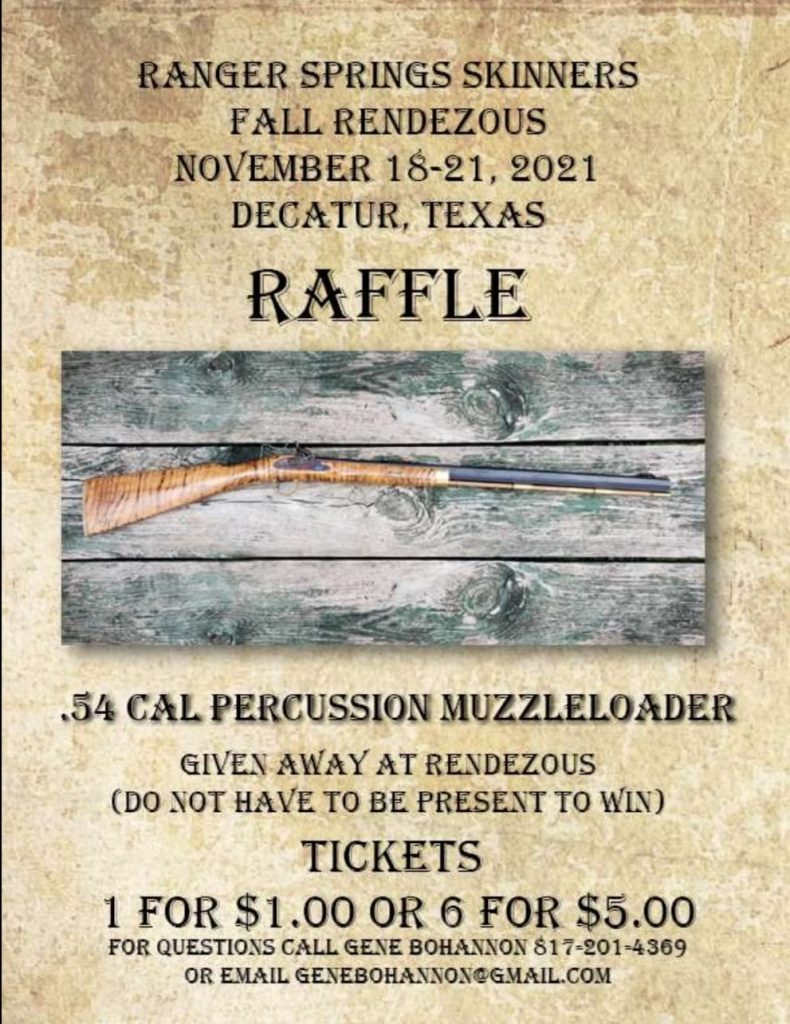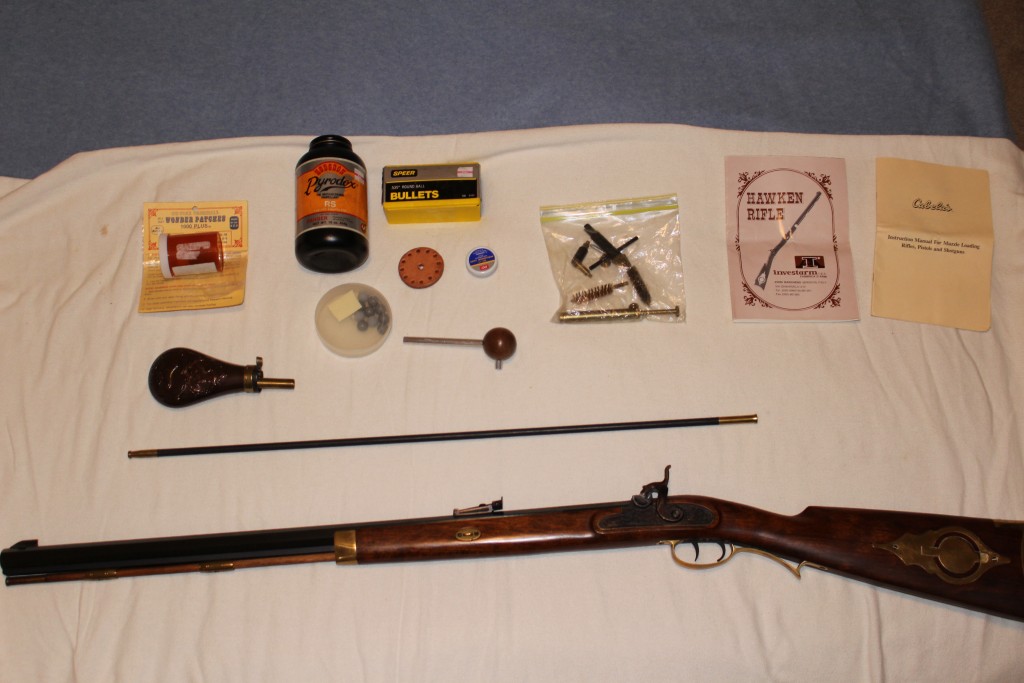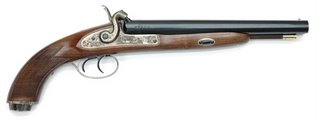It’s a cheap cliché to say that the book is always better than the movie.
With few exceptions (notably The Count of Monte Cristo, The Hitchhikers Guide to the Galaxy, Peter Jackson’s The Lord of the Rings trilogy, and The Watchmen), most movies are lackluster adaptions of the books. Of course this has to do with the way your mind imagines characters and scenarios in the book. Often you’ll have a different idea for how someone would look or be, and the vision of the director is jarring enough to make it not work.
Or the screenwriter/direction misses a favorite scene.
Or leaves out a favorite character.
Or in the case of Michael Punke’s The Revenant – A Novel of Revenge . . . maybe they never actually read the book?
Admittedly, I was so put off by the beautifully filmed but ridiculously plotted movie that I decided to skip the book for a long time. I recently finished the book and was – without hyperbole – blown away.
In a life dominated by four kids, a burgeoning farmstead, and a demanding job, I managed to read the book in 5 days – no small feat – and one I haven’t been able to accomplish since my hazy pre-kid days.
With no silly half-Indian kid subplot, the book was based purely on the concept of Hugh Glass wanting revenge on the two people in his crew that took his rifle and gear and left him for dead after being mauled by a bear. The book is filled with ample historical details and musings about the day-to-day activities of keeping yourself alive in the vast western wilderness of early 1800s America. Which, by the way, didn’t include hiding yourself in an animal carcass Tauntaun-style to avoid freezing to death.
But what really made the book shine was all of the details speculated on and provided about Glass. For all of the infamy gained by his tussle with a bear, there was really not a lot I knew about him. He was really a character who suddenly appeared in Ashley and Henry’s famous 1822 expedition, and then sort of dropped out of the narratives.
The book speculates on Glass’s early life, time as a mariner and pirate – and how he gets his famous rifle. All of this fantastic narrative was sadly omitted from the movie. Can you imagine a pirate mountain man movie? That would have been incredible!
As a historical weapons enthusiast, there’s one scene I really dig on, where Hugh Glass is resupplying at a frontier trading post, after his recovering from the famous bear mauling and crawling his way back to the fringes of civilization.
After choosing between the limited arms available, and the only two rifles – a .32 caliber Kentucky rifle, and a beat-up Model 1803 U.S. Harper’s Ferry rifle, Glass:
. . . picked up the Model 1803, the same gun carried by many of the soldiers in Lewis and Clarks’ Corps of Discovery.
After choosing the “Harper’s Ferry” Rifle in .53 caliber, Glass gets the rest of his kit. Punke continues:
They returned to the cabin and Glass picked out the rest of his supplies. He chose a .53 pistol to complement the rifle. A ball mold, lead, powder, and flints. A tomahawk and a large skinning knife. A thick leather belt to hold his weapons. Two red cotton shirts to wear beneath the doeskin tunic. A large Hudson’s Bay capote. A wool cap and mittens. Five pounds of salt and three pigtails of tobacco. Needle and thread. Cordage. To carry his newfound bounty, he picked a fringed leather possibles bag with intricate quill beading. He noticed that the voyageurs all wore small sacks at the waist for their pipe and tobacco. He took one of those too, a handy spot for his new flint and steel.
Sounds like a pretty good load-out for an AMM event, eh?
Is the book 100% historical accurate? Of course not, and it doesn’t purport to be. It’s a just a very well-written, exciting story about how things may have gone down.
I definitely recommend any mountain man or history enthusiasts check this one out.




